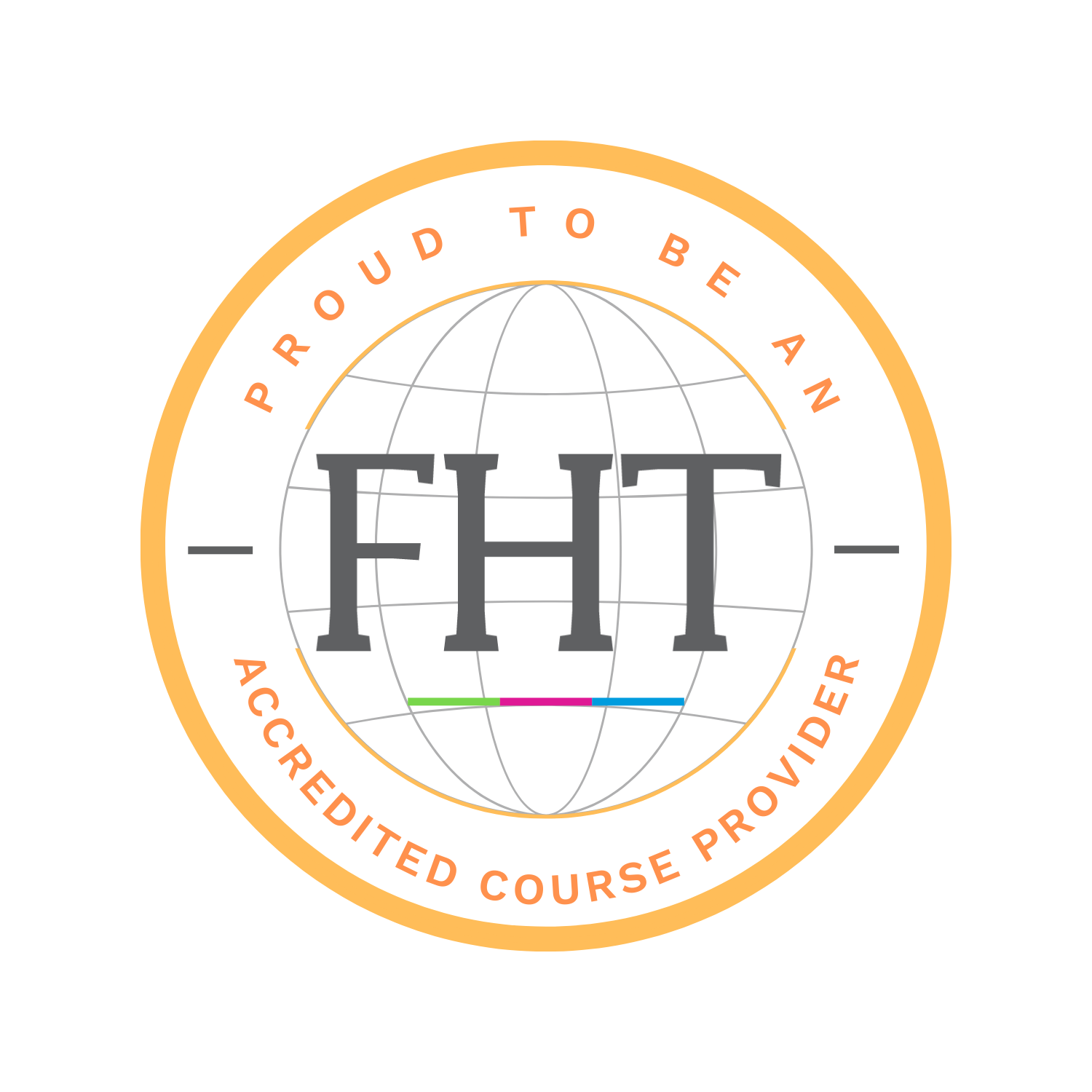Frequently asked questions
Healthcare professionals can use acupuncture and dry needling as part of their usual practice after completing our Medical Acupuncture & Dry Needling Foundation Course. Once successfully completed, we ensure that our foundation course delegates can use acupuncture and dry needling as part of their everyday practice safely, confidently and effectively.
Typically, our foundation level acupuncture and dry needling courses take healthcare professionals around one to two months to complete. The online component of our course can be completed in your own time, at your own pace, whilst the in-person workshop is conducted across three days.
Following the foundation course, healthcare professionals may decide to advance their training further through one of our online or in-person CPD training courses. Our popular Advanced Skills in Acupuncture Course comprises an online component, as well as a two day in-person training event.
Acupuncture and dry needling complement healthcare provision in several ways:
Pain Management: Both acupuncture and dry needling are effective techniques for managing pain, offering patients non-pharmacological alternatives for pain relief. They can target specific pain points and provide relief for various musculoskeletal conditions and chronic pain.
Enhanced Healing: These therapies can promote natural healing processes by improving blood circulation and reducing inflammation, which can be beneficial for patients recovering from injuries or surgeries.
Stress Reduction: Acupuncture has a calming and stress-reducing effect, which can help patients manage the psychological aspects of their health conditions and improve their overall well-being.
Holistic Approach: Both acupuncture and dry needling align with a holistic philosophy, focusing on the interconnectedness of the body and addressing not only physical symptoms but also emotional and psychological well-being.
Complementary Therapy: These techniques can complement traditional healthcare interventions, offering patients additional options for pain relief, relaxation, and overall health improvement.
Non-Invasive Approach: Acupuncture and dry needling are non-invasive and drug-free therapies, providing natural and minimally discomforting options for pain management and healing.
Incorporating acupuncture and dry needling into healthcare provision allows for a more comprehensive and patient-centred approach. By addressing both physical and emotional aspects of health, these techniques contribute to improved patient outcomes and overall well-being.
There is a growing trend among healthcare professionals to incorporate acupuncture into their practice. This shift emphasises the recognition that healthcare provision is evolving towards more holistic and patient-centred care. Acupuncture is gaining prominence as a valuable adjunct to traditional medical interventions, offering patients non-pharmacological options for pain management, enhanced healing, and overall well-being.
This emerging paradigm reflects a broader demand for diverse and personalised healthcare approaches. The combined use of acupuncture and conventional medical treatments contributes to a well-rounded and comprehensive patient care experience, ultimately leading to improved patient outcomes and satisfaction. Healthcare professionals are increasingly embracing acupuncture as a means to provide a distinctive and holistic approach to patient care, one that addresses both the physical and emotional aspects of well-being. This trend aligns with the broader movement towards offering a unique and multifaceted healthcare experience that caters to the diverse and evolving needs of patients.

